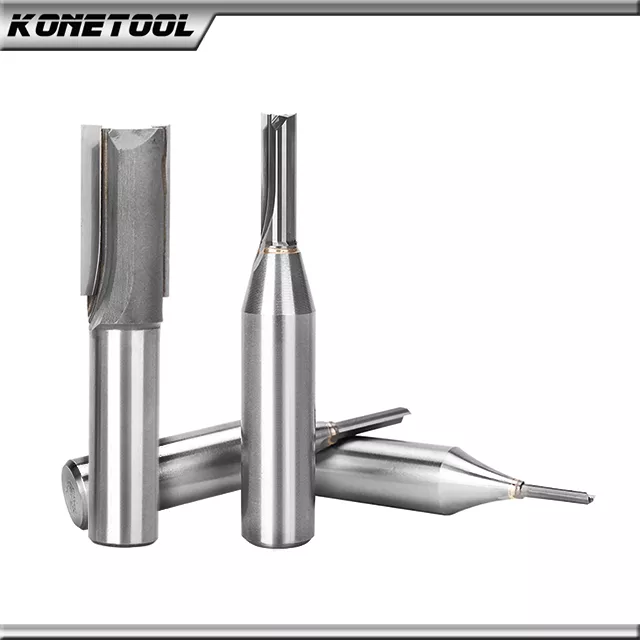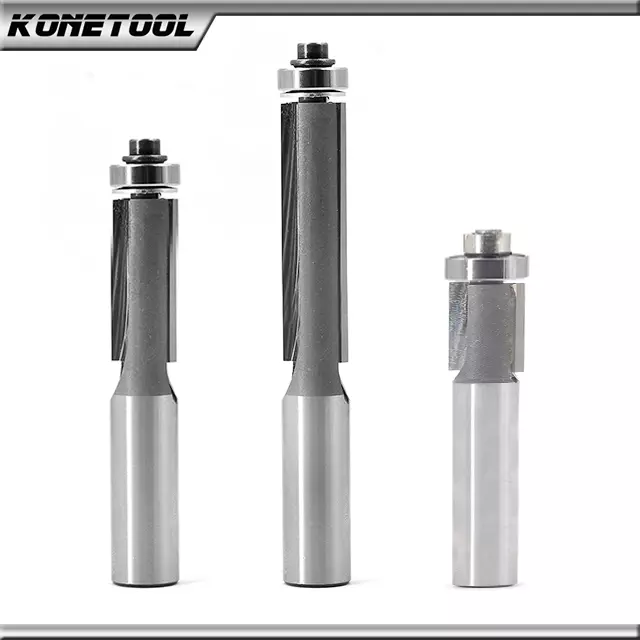 |
 |
 |
 |
 |
 |
 |
 |
 |
|
Know what you're cutting!The first step to using a router is to understand what you're cutting. All types of machines can be used to cut materials, but routers have a special attachment that chops materials into precise and uniform sizes. Most routers also have a Mako or plunge feature that allows you to make deep, intricate cuts in hard woods and other materials with ease. But even with these special attachments, routers are not good at ripping paper or cardboard. For this reason, it's best to use a simple layout when ripping stock. A simple cross-sectional view of your project should outline the sections that make up your project. Using a sectional view will help you see where your cuts are not as precise as you'd like and where you could benefit from the extra leverage of a router. Be strategic when using a routerWhen routing, you don't want to overdo it. Routing too hard will break the wood and cut your joint more deeply. Routing too little can cause you to tear the wood and create more material waste. Achieving the ideal thickness for a project is a tricky question to answer. It's usually best to err on the side of too little than too much. An ideal thickness is the one that will allow you to achieve the desired look and texture without having to add any more wood. Depending on the type of wood you're working with, you could also try using a table saw for help here. Routing too much can cause warping and other defects in the wood. If you're unsure how to gauge this, just hold a small board vertically across your shoulders and lean forward. When the vertical distance between your shoulders and the horizontal distance is similar, you have too much routing. Don't overdo it on the routingOne of the dangers of routing is overloading the motor. This is especially common with beginner router pilots. One of the most common mistakes beginner router pilots make is to overload their machine. Router motors are not powerful enough to cut through thicker materials like plywood or MDF, so you end up with a lot of vibrations and noise instead. This of course leads to poor quality end product. To avoid overloading your machine, try to keep the shank and table saw teeth parallel to each other. If you have to go deeper into the wood, use the table saw. You can always add a shim between the table saw teeth and the motor to reduce the overloading, but keeping the table saw teeth as close as possible will ensure a quieter and less stressful experience for you. Use a combination of clamps, biscuits, and extensionsOne of the most important things you can do to make your life as a router operator easier is to invest in a reliable set of clamps. Router bits are specialized tools that allow you to securely hold your machine to a work surface or table. But even with the best clamps, you'll occasionally have to use your router. One of the best ways to make use of your router clamps is to add an extended range of clamps to your toolbox. These range from the more standard pull-through clamps to plate-style clamps with mounting holes that you can use for practically everything in between. You can also add special purpose clamps like the phillips-head or flat-head extensions to your toolbox. Extension toolkits come in all sorts of configurations to suit your particular needs and application. Conclusion
|
Home
| About Us | Your
Project | Gallery of Our Work
Around The Shop |
Testimonials | Links | Location
| Contact Us
Updike
Welding
Shop Location: 1100 S. 14th Street, Leesburg, FL 34748
Mailing Address: 35507 Dogwood Drive, Leesburg, FL 34748
| |

